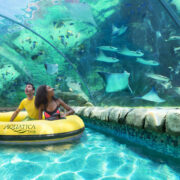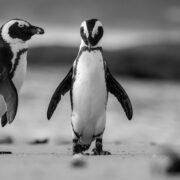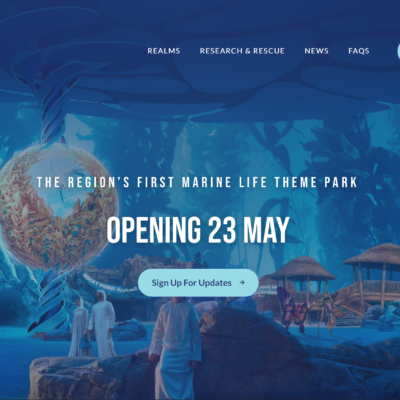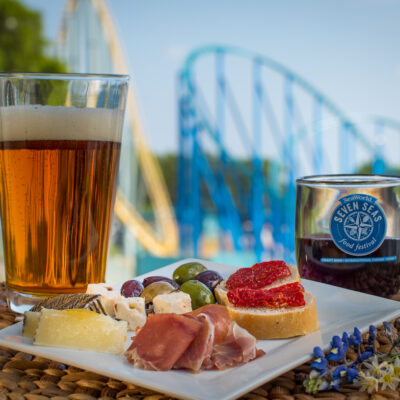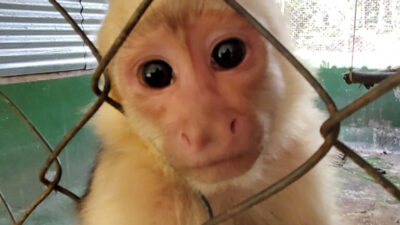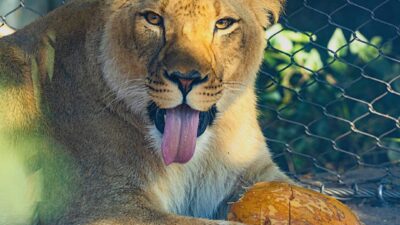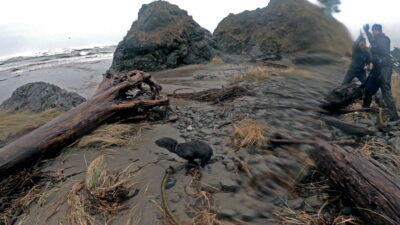Adventure Aquarium has just announced the birth of a healthy baby boy to proud parents Sheila (#8) and Spud (#3), who hatched on February 15th, weighing 37 grams. The new chick has yet to be named, but guests can stay tuned for the reveal in the coming weeks. The littlest member of the little blue penguin colony has been on exhibit since hatching, learning the ropes from his parents. At three weeks old, the chick will be taken off exhibit to grow his adult plumage and learn how to take fish from the biologists.
“We are thrilled to welcome another chick to our little blue penguin colony,” says Adventure Aquarium Executive Director, Molly Deese. “The successful breeding season is a testament to the hard work and dedication of our animal husbandry team.”
This is the first season that Sheila and Spud have paired up as a breeding couple. Unlike many penguin species, little blues are not monogamous and tend to switch mates each breeding season. Sheila paired with Phillip (#5) last year and had a successful hatch of Adelaide (#19), who just celebrated her first hatch day last week. The new chick is joined by his half-sisters Elanora (#9), Aroha (#13), and Phoenix (#17), all brooded by Sheila.
Sheila and Spud are encouraging guests to show their support by voting for Adventure Aquarium in USA Today’s 10Best Aquariums contest. Vote daily through March 6th to help them earn the #1 spot.
For a limited time only, visitors can enjoy one (1) free child’s ticket with the purchase of each adult ticket, now through March 17th, online only.
Here are 5 fascinating facts about little blue penguins:
- Little blue penguins are the smallest penguin species in the world, with a height of about 30 cm.
- They are called “little blue penguins” because of their blue plumage and small size.
- Little blue penguins feed mainly on small fish, squid, and krill and can dive up to 150 meters in search of food.
- These penguins breed in burrows and return to the same site each year.
- Little blue penguins are found mainly in coastal areas of New Zealand and southern Australia.
Here are 5 conservation tips you can take at home to help save penguins in the wild:
- Reduce your use of single-use plastics, as they can end up in the ocean and harm marine life, including penguins.
- Support organizations working to protect penguins and their habitats.
- Use eco-friendly cleaning and household products to reduce water pollution.
- Choose sustainably sourced seafood to reduce overfishing, which can affect penguins’ food supply.
- Reduce your carbon footprint by reducing energy consumption and using renewable energy sources.
Join Adventure Aquarium in celebrating the arrival of their newest little blue penguin chick and help protect these fascinating birds in the wild.

